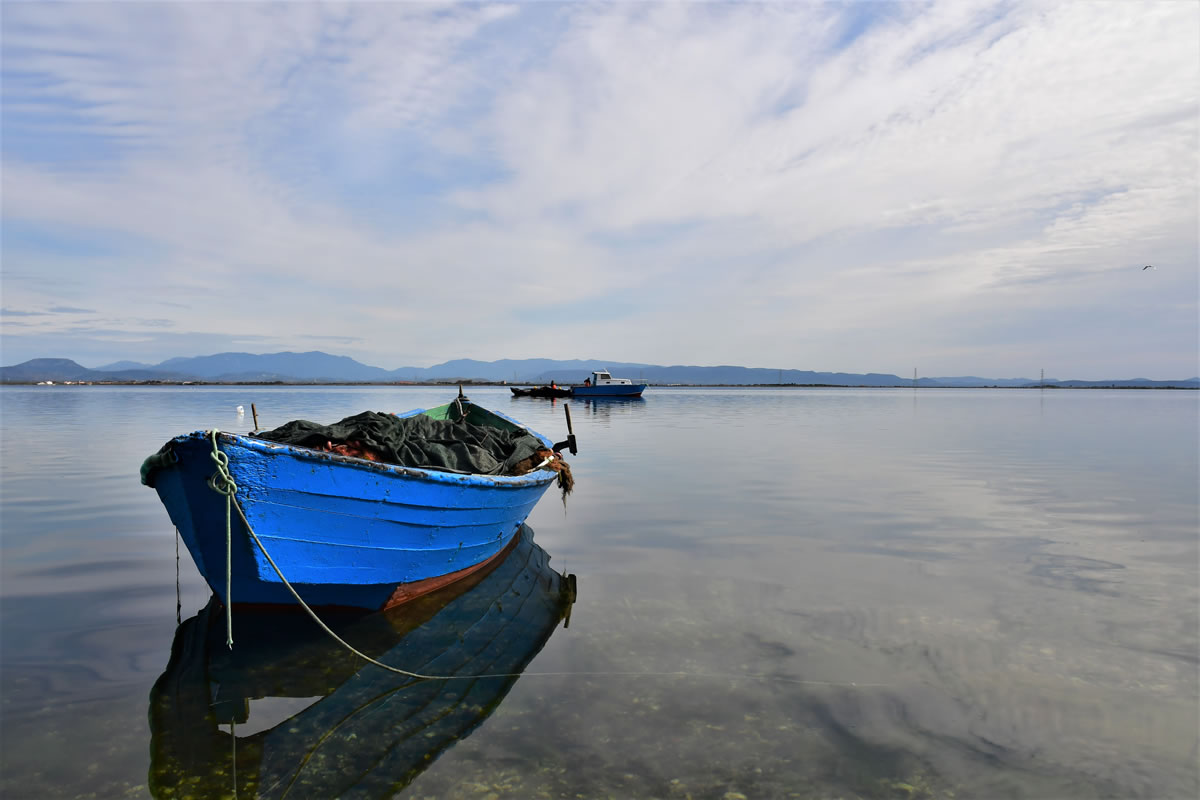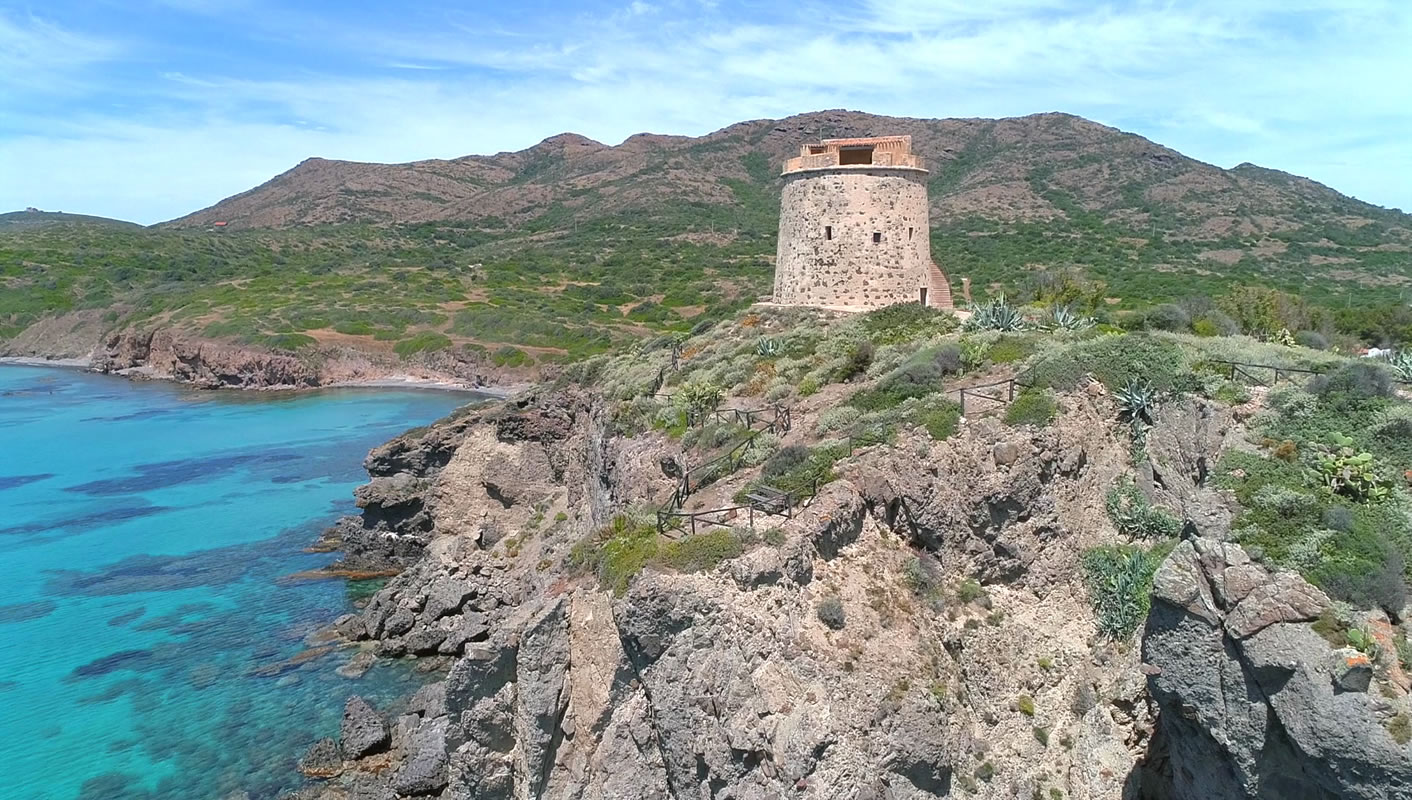What to do in Sant’Antioco? Discover why you’ll fall in love with it
In the far southwest of Sardinia, connected by a bridge and a narrow isthmus of land that makes it accessible from the port and airport of Cagliari in just over an hour by car, the island of Sant’Antioco is one of the most appreciated destinations in Sulcis Iglesiente.
The island within the island, yes because with its 109 km2 it is the fourth largest island in the Mediterranean but also one of the least inhabited, as it hosts only two towns, Sant’Antioco and Calasetta.
The historic centre of Sant’Antioco
Little harbour, colourful houses and small restaurants, strolling through Sant’Antioco takes you a bit back in time, away from the chaos of the cities. A small town with just over 11,000 inhabitants, yet history and culture can be felt in every corner.
Sant’Antioco was indeed a Phoenician-Punic colony then a Roman city, of which remain the tophet, the necropolis (5th-3rd century BC), the basilica and then a catacomb cemetery, unique in Sardinia.
And still 5 Museums, expressions of the island’s culture, including the ethnographic museum su Magasinu de su binu and the Museo del Bisso, where the last masters of byssus live, the silk derived from the filaments produced by a rare marine bivalve, the pinna nobilis.
The beaches of Sant’Antioco
A perfect destination for those who love uncrowded and slightly wild beaches. Its most famous beaches are: Maladroxia and Co’e Cuaddus, predominantly sandy and located on the eastern coast. On the western coast, we find the wonderful locations of Is Praneddas, Cala Sapone, Cala della Signora, Cala Tuffi and Cala Lunga. Rocky and particularly suitable for snorkelling activities.
Nature trails
Walking along the seafront of the town of Sant’Antioco is certainly pleasant but trekking along the salt trails is an opportunity not to be missed.
The paths within the lagoon allow you to immerse yourself in a complete ecosystem that includes the view of the sea and the town of Sant’Antioco on one side, and the salt collection on the other.
The cuisine
On the gastronomic front, the island also offers many specialities: in Sant’Antioco, especially during the main religious festivals, large focaccias and elaborate ornamental breads are brought to the table accompanied by steaming dishes of malloreddus alla campidanese and stuffed culurgiones, while in Calasetta there are Tunisian dishes like couscous and more local dishes based on tuna.







